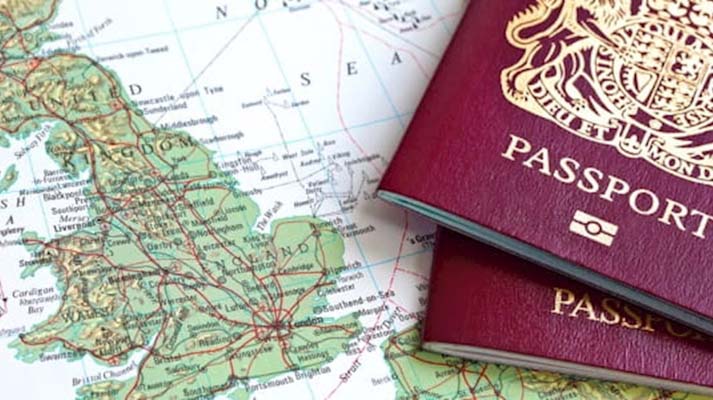How to Get a Green Card Fast: A Comprehensive Guide
If you dream of becoming a lawful permanent resident in the United States, you’re not alone. The allure of the American dream is strong, and one of the paths to achieving it is obtaining a green card.
In this guide, we will explore how to get a green card fast, and discuss about family-based and employment-based green card categories.
Keep reading to ensure you are well-informed about the nuances of the application process.
Understanding the Green Card Basics
Before we dive into the strategies for expediting the green card application process, it’s essential to grasp the fundamental concepts.
What Is a Green Card?
A green card serves as a United States Permanent Resident Card which grants individuals the legal status to live and work in the U.S. indefinitely.
Types of Green Cards
Family-Based Green Cards: A Swift Route
Obtaining a green card through family sponsorship is the most expeditious path for many individuals. If someone in your immediate family is a U.S. citizen, you may be able to get a green card for a close relative. This category is designed to facilitate the reunification of families and typically has shorter processing times than other preference categories.
Table 1: Family-Based Green Card Categories

Employment-Based Green Cards: Strategic Considerations
Understanding the various employment-based categories is crucial if you’re seeking a green card through employment. Certain categories, such as priority workers and those with extraordinary ability, may offer expedited processing options. Additionally, a National Interest Waiver (NIW) can significantly speed up the process for those who qualify.
Table 2: Employment-Based Green Card Categories

Fast-Track Strategies for Getting a Green Card
1. Immediate family members
If you have immediate family members who live in the U.S. or are green card holders, you may be eligible for a family-based green card. Immediate relatives, such as spouses, parents, and unmarried children under 21, have a faster processing timeline.
2. Employment-based green cards
Employment-based green cards are an excellent option if you possess extraordinary skills or qualifications. The employment-based immigration process involves various preference categories, including priority workers and individuals with advanced degrees.
3. Marriage to a U.S. citizen
You can obtain a green card through marriage to a U.S. citizen. This category typically has a shorter waiting period, especially for those in bona fide marriages.
4. Immediate relatives of green card holders
Immediate family members of green card holders, such as spouses and unmarried children under 21, are also eligible for a green card. This process is slightly faster than other family-based green card categories.
5. Employment in the national interest
The national interest waiver can expedite the green card process for those with exceptional abilities or skills. It is designed for individuals who can demonstrate their work significantly benefits the United States.
6. Green card lottery
The United States conducts the green card lottery each year, officially known as the Diversity Visa Lottery. It allows individuals from countries with low immigration rates to obtain a green card.
7. Premium processing
In some employment-based green card categories, you can opt for premium processing, which expedites the adjudication of your application for a fee. This can significantly reduce processing times.
The Green Card Application Process
No matter which category you choose, the green card application process involves several steps:
- File a Petition: This usually requires a U.S. citizen or green card holder to file a petition on your behalf.
- Wait for Approval: After filing, you’ll wait for U.S. Citizenship and Immigration Services (USCIS) to approve the petition.
- Visa Bulletin: Your priority date determines when to apply for a green card. Check the monthly Visa Bulletin to track your progress.
- Pass an Application: Once your priority date becomes current, submit your green card application.
- Biometrics Appointment: Attend a biometrics appointment to provide fingerprints and other identifying information.
- Interview: You may need to attend an interview with an immigration officer.
- Receive a Green Card: You’ll receive your green card upon approval.
Consulting an Immigration Attorney
Navigating the U.S. immigration system can be complex, and the rules and regulations are subject to change. Consulting an immigration attorney can provide valuable guidance and ensure you follow the most up-to-date procedures.
Final Thoughts
Getting a green card quickly is possible, but you need to plan carefully and think about your own situation. Whether you want to visit the U.S. because of Family or work or try your luck with the green card draw, knowing how the process works is important.
Remember that getting a green card may differ for each person, so talk to professionals and stay up-to-date as you go.
Visit Hacking Law Practice for more information and professional help with green card applications. Dedicated immigration lawyers there can help you navigate the complicated immigration system and improve your chances of success..
Photo by GOCMEN on iStock



